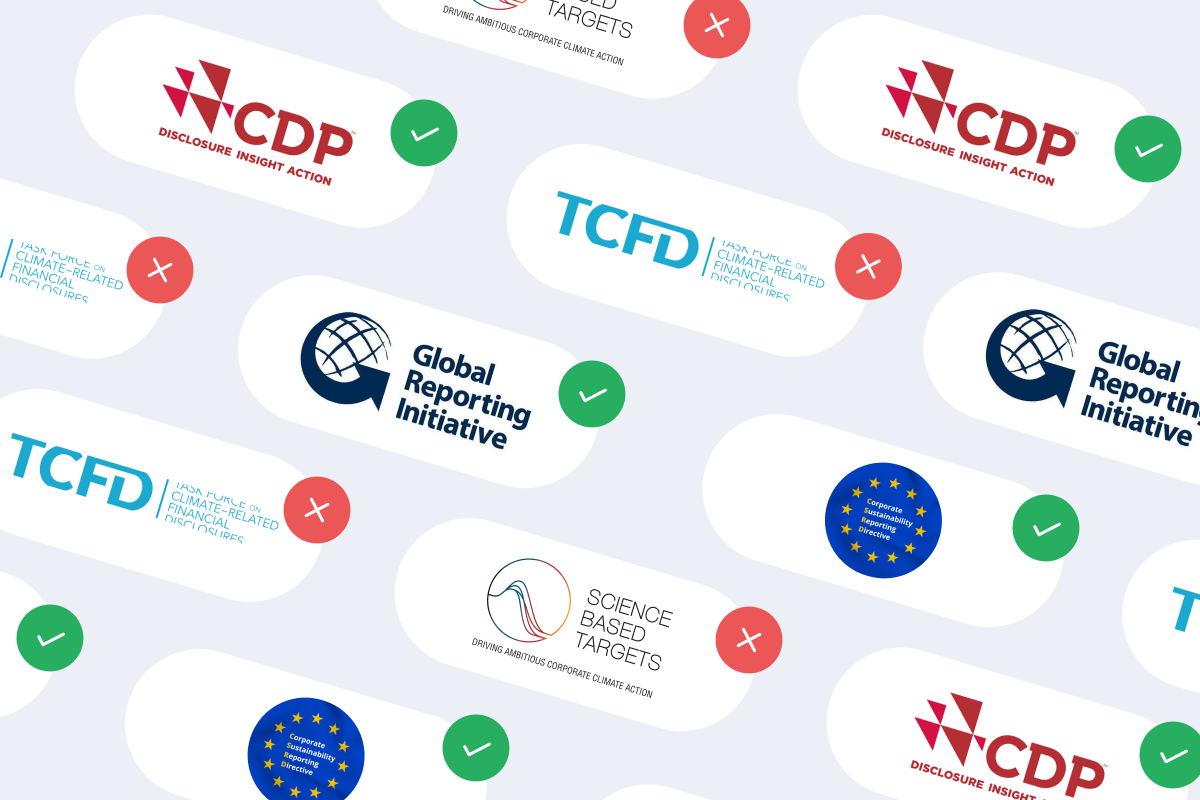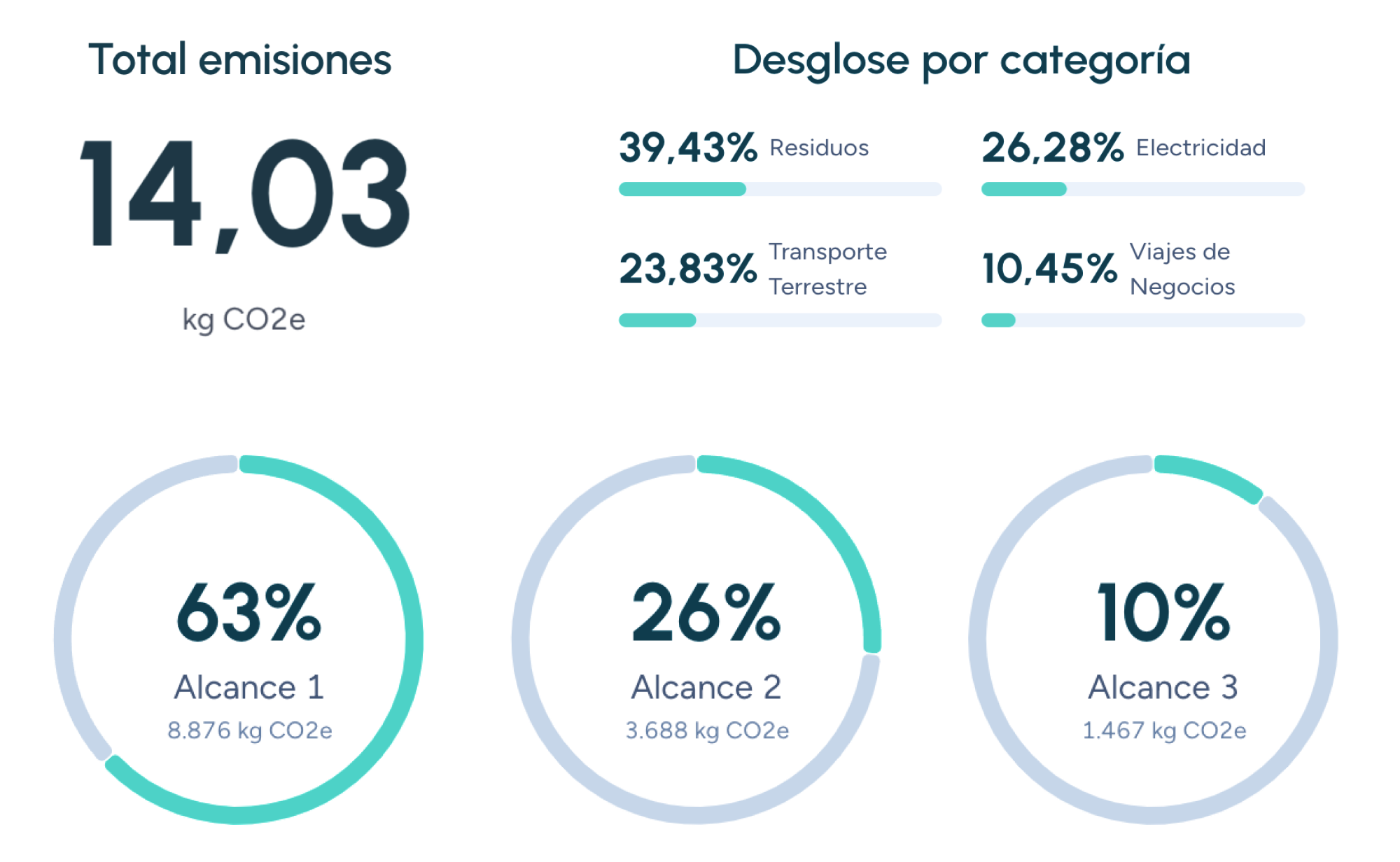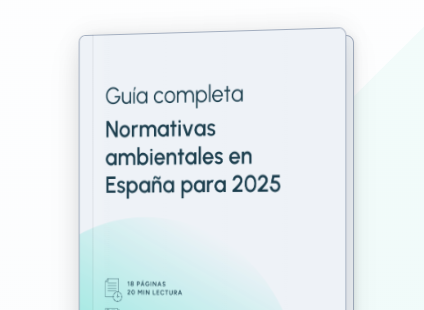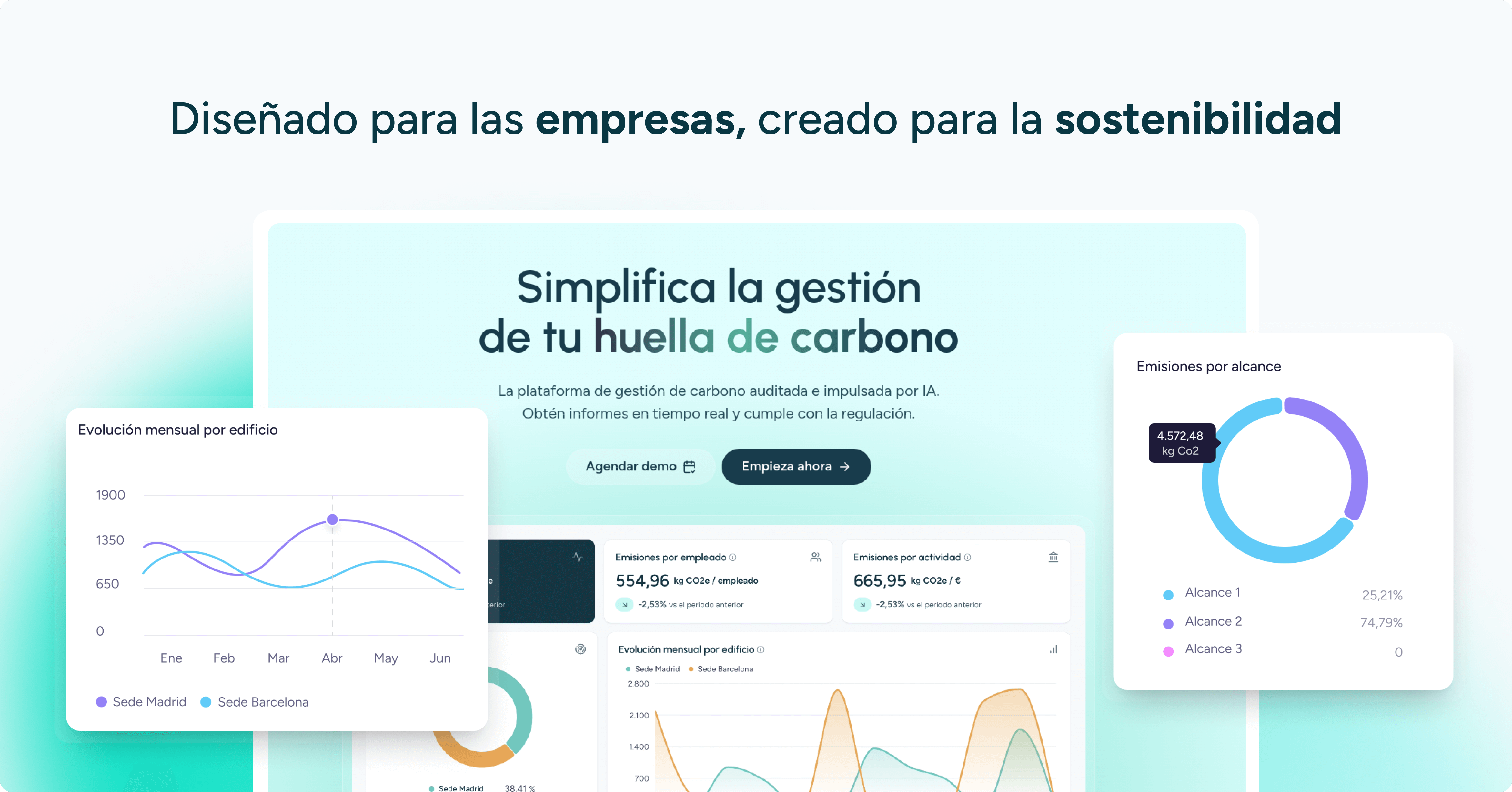End-of-life carbon footprint
The end-of-life carbon footprint quantifies the greenhouse gas emissions generated during the final stage of a product or service: dismantling, post-consumer transport, treatment, recycling, energy recovery, or final disposal in landfill.
It completes the life-cycle perspective by adding to embodied carbon and use-phase carbon.
Stages considered
- Collection and transport: fuel emissions from waste logistics.
- Processing: shredding, sorting, and cleaning.
- Recycling and recovery: energy used and credits for secondary material that replaces virgin material.
- Disposal: methane emissions in landfills, incineration with or without energy recovery.
Calculation models
- EN 15804 / EN 15978 for construction (modules C1–C4 and D).
- ISO 14044 with defined end-of-life scenarios.
- Emission factors: Ecoinvent, EPA WARM, EF Database.
Recycling credits (Module D)
Avoided impacts from substituting primary materials are subtracted, but allocation rules apply (80/20, closed-loop, or 50%).
Reduction strategies
- Design for disassembly: facilitate material separation.
- Mono-materials: single-polymer packaging.
- Take-back programs: optimized reverse logistics.
- Renewable energy in recycling facilities.
Indicators
- kg CO₂e/t of waste treated.
- kg CO₂e/functional unit offset through recycling.
Relation to other concepts
- Completes total carbon footprint alongside embodied carbon and use-phase carbon.
- Informs carbon-neutral labels and PAS 2060 requirements.
Considering end-of-life carbon footprint makes it possible to identify circular-economy opportunities and comply with waste and climate regulations.
Companies that already trust manglai





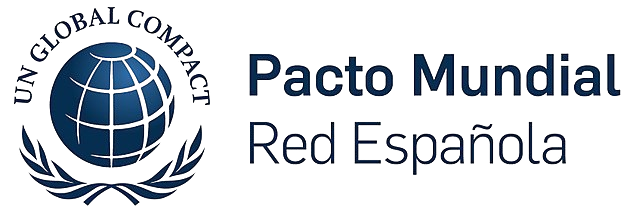








Blue Water Footprint
The blue water footprint represents the volume of surface and groundwater withdrawn from rivers, lakes, reservoirs, and aquifers to produce goods and services.
Blue Water Scarcity
Blue water scarcity is an indicator that compares the consumption of surface and groundwater resources (blue water footprint) with the availability of renewable freshwater within a river basin over a specific period.
Blue carbon
Blue carbon refers to the carbon stored in coastal and marine ecosystems, such as mangroves, seagrass meadows, and salt marshes.
Guiding businesses towards net-zero emissions through AI-driven solutions.
© 2025 Manglai. All rights reserved
Política de Privacidad